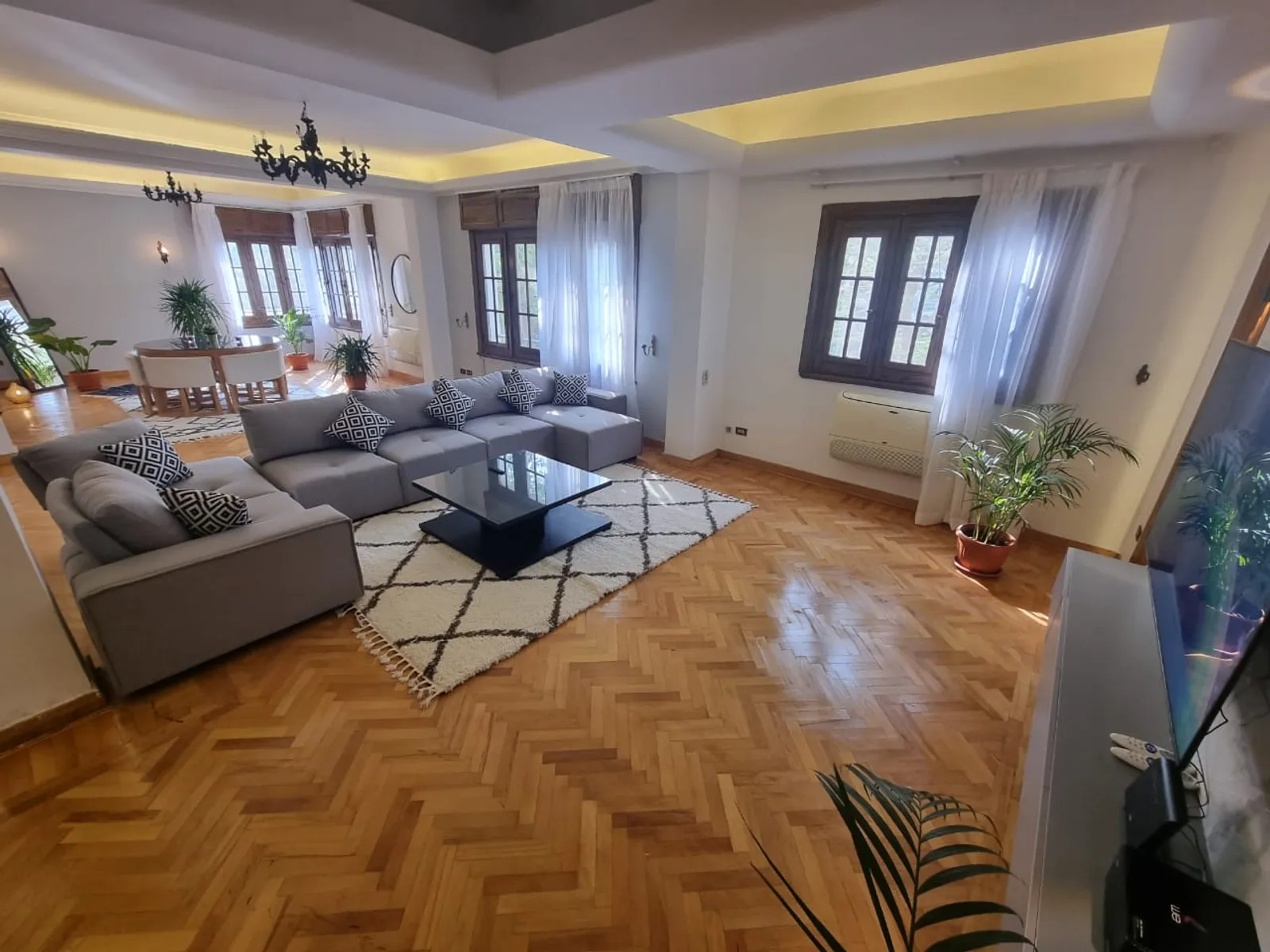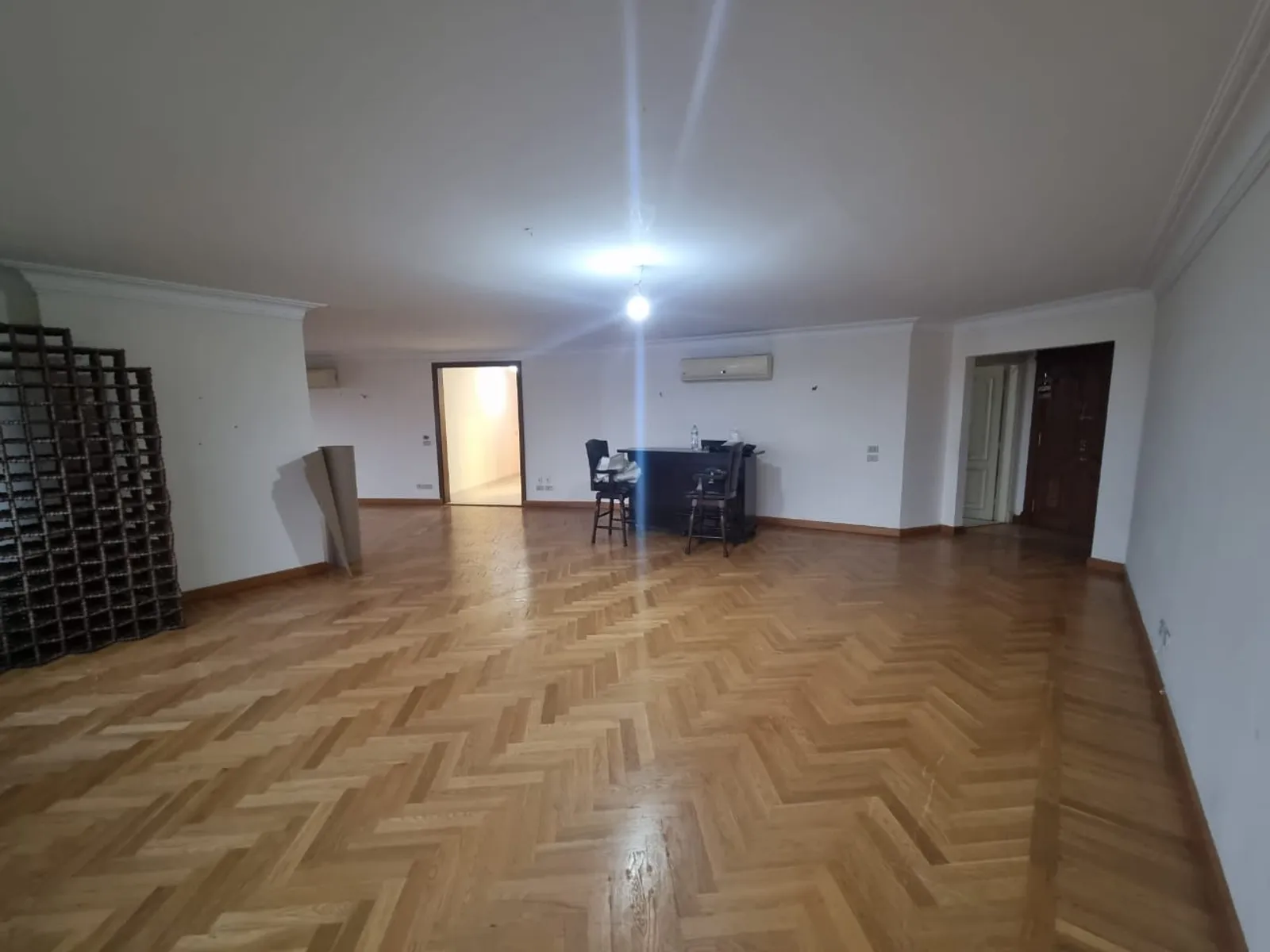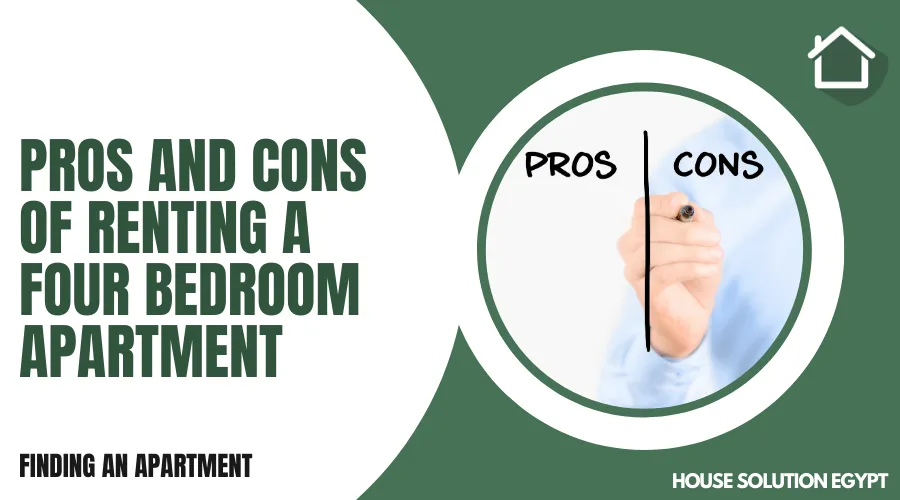EXPLORE THE VARIOUS TYPES OF APARTMENT BUILDING ENTRANCES
Renting an Apartment|7.8 MIN READ|Updated on: 22 April 2024|Written by: Marwa Samir
Apartment entrances come in different shapes and sizes, each with its unique features. One of the most common types is the lobby entrance, which is typically found in high-rise apartments. The lobby entrance may have a doorman or security personnel to monitor who goes in and out of the building, making it more secure than other types of apartment entrances. Another type of apartment entrance is the direct access entryway, which allows tenants to enter directly into their apartments without having to go through a communal area.
A garden or patio entrance provides an outdoor space that can be used for relaxation or entertaining guests. Additionally, this type of apartment entrance offers natural light and air circulation into your home—something that's highly valued by many people. Lastly, some apartments come with private entrances located outside the main building. These are usually ground-floor units with individual front doors that lead directly onto the street or sidewalk.
Understanding different types of apartment entrances can help you choose an option that suits your needs and preferences best. Whether you prioritize privacy, security, or easy access to outdoor spaces - there's an apartment entrance style out there for everyone!
Apartment Entrances
Apartment entrances come in a variety of shapes, sizes, and designs. They range from grand foyers to simple doorways that lead to small studio apartments. Some apartment buildings have multiple entrances that cater to different types of tenants, while others have a single entrance shared by all residents.
The design of an apartment entrance can greatly impact the overall feel and aesthetic of the living space. Grand entrances with ornate detailing and high ceilings create a luxurious atmosphere, while sleek and modern designs convey a more contemporary vibe. The choice of materials for an entrance also plays a role - wood creates warmth and character, while glass provides transparency and openness.
The type of apartment entrance you choose will depend on your personal preferences as well as practical considerations such as security measures, accessibility for disabled individuals, and ease of maintenance. Regardless of your choice, an inviting entrance sets the tone for what lies beyond - making it an important aspect to consider when choosing where to call home.
Types of Apartment Entrances
1. The Lobby Entrance: The lobby entrance is the most common type of entrance in apartment buildings and high-rises. It typically features a secure entry door that requires a key or fob for access, and it may also have an intercom system or video surveillance to ensure safety and security. Once inside, residents may need to use an elevator to access their floor.
2. Direct Access Entrance: A direct access entrance is similar to a townhouse or single-family home entrance, where residents can enter directly from the street or parking lot into their unit without having to go through any common areas. This type of entryway provides more privacy but may sacrifice some level of security.
3. Private/Common Courtyard Entrance: Some apartments have entrances that lead directly to a private courtyard shared by only a few units, providing extra outdoor space and a sense of community among neighbors. Other apartment complexes may feature a communal courtyard accessible by multiple units with private entrances leading out into it.
The type of apartment entrance you prefer will depend on your lifestyle needs, budget constraints, and desired level of security and privacy.
Keyless Entry Systems
Keyless entry systems are becoming more and more popular in apartment buildings. Not only are they convenient, but they also offer a higher level of security than traditional lock-and-key systems. There are several types of keyless entry systems available on the market.
One type of keyless entry system is the keypad lock. This system requires a unique code to be entered in order for the door to unlock. The code can be changed regularly, ensuring that only authorized individuals gain access to the building. Another type of keyless entry system is the proximity card reader. This system requires residents to hold a special card up to a sensor in order for the door to unlock.
Biometric recognition systems are also available for use in apartment entrances. These systems use fingerprint or facial recognition technology to grant access only to authorized individuals. No matter which type of keyless entry system is used, it’s important for apartment managers and landlords to choose one that is reliable and secure – after all, it’s their responsibility to keep their tenants safe and secure at all times!
Security Cameras
Security cameras are an essential component that every apartment entrance should have. There are several types of security cameras available in the market, and choosing the right one for your apartment depends on various factors such as budget, the level of security required, and placement.
Bullet cameras are small in size and easy to install. They're ideal for monitoring large areas such as parking lots or common areas. Dome cameras are more discreet than bullet cameras and can blend in with their surroundings. They’re also more vandal-resistant than other camera types.
Wireless cameras offer flexibility when it comes to placement but may be vulnerable to signal interference or hacking attempts. Wired cameras require professional installation but provide greater stability and reliability.
Installing security cameras at your apartment entrance is a necessary safety measure that can help deter potential criminals and provide peace of mind for both residents and property managers alike.
Intercoms
One of the most important aspects of an apartment building is its entrance. It's a place where residents and visitors come together, and it needs to be secure and functional. Intercoms are an essential tool that enhances security in apartments by allowing tenants to communicate with visitors before granting them access to their homes.
Intercom systems come in various types, such as audio-only, video, or IP-based intercoms. Audio-only intercoms are basic systems that allow two-way communication between the tenant and visitor without any visual component. Video intercom systems, on the other hand, give tenants visual confirmation of who is at their door before they let them in.
IP-based intercoms take things a step further by enabling remote access control via smartphones or computers. This technology allows property managers to monitor who enters the premises remotely while providing convenience for residents who can grant access even when they're not at home physically. Ultimately, choosing the right type of intercom system depends on your specific needs as a property owner or resident but investing in one will undoubtedly enhance security levels within your apartment building.
Access Cards & Fobs
Access cards and fobs are two popular types of keyless entry systems used in apartments. Access cards are small plastic cards that can be swiped across or inserted into a reader to grant access, while fobs are small keychain devices that can be tapped against a reader. These systems provide increased security by limiting access only to those with authorized credentials.
One advantage of using access cards and fobs is the ability to easily deactivate lost or stolen credentials without having to change the locks. This also saves time and money compared to traditional key-based systems where changing locks can be costly and time-consuming. Additionally, these systems can track who enters and exits the building, providing valuable data for management purposes.
It is important for apartment complexes to regularly update their access card and fob system as technology advances. Outdated systems may be more vulnerable to hacking or duplication, which could compromise the security of the complex. Overall, access cards and fobs provide a convenient and secure option for apartment entrances.
Smartphone Access
When it comes to apartment living, smartphone access has become a popular feature for many buildings. This technology allows residents to use their smartphones as their keys, eliminating the need for physical keys. Smartphone access systems are typically installed at the main entrance of the building and at individual unit doors.
There are several types of smartphone access systems available on the market. Some utilize Bluetooth technology while others use Wi-Fi or cellular data. Some systems also offer additional features such as remote entry and guest access codes.
One advantage of smartphone access is that it eliminates the need for physical keys, making it easier to manage who enters the building and when. Additionally, if a resident loses their phone or moves out, their digital key can be easily deactivated without having to worry about finding and replacing physical keys. Overall, smartphone access provides convenience and peace of mind for both property managers and residents alike.
Conclusion: Different Ways to Enter Apartments
In conclusion, there are several ways to enter an apartment depending on the design and location of the unit. The most common type of entrance is the door that leads directly into the living area or hallway. This is often found in apartments with a single entrance and provides easy access for residents and guests.
Another way to enter an apartment is through a shared entrance, which usually requires a key, code, or buzzer to gain access. This type of entrance is commonly used in multi-unit complexes where several apartments share a common corridor or lobby.
Some apartments also have private entrances that can be accessed from outside the building. These entrances are usually located on lower levels or at ground level and provide an added layer of privacy and security for residents.
Ultimately, choosing which type of apartment entrance suits your needs will depend on your lifestyle preferences, budget, and personal requirements. It's important to evaluate each option carefully before making a final decision to ensure you find an apartment that meets all your needs.







